Sugar And Steel
Though it is almost impossible to overstate Sugar Ray Robinson’s greatness, so much has been written on the subject of that inarguable status that little can be said without sounding redundant. The fact remains that only Harry Greb and Sam Langford can mount a serious challenge to Robinson’s supremacy in the pantheon of boxing legends. Many consider “The Sugar Man” to be the perfect fighter, a combination of dazzling boxing skills, blazing speed of hand and foot, and devastating punching power. Robinson’s accomplishments during his 25 year, 198-bout career are among the most impressive in all sports.
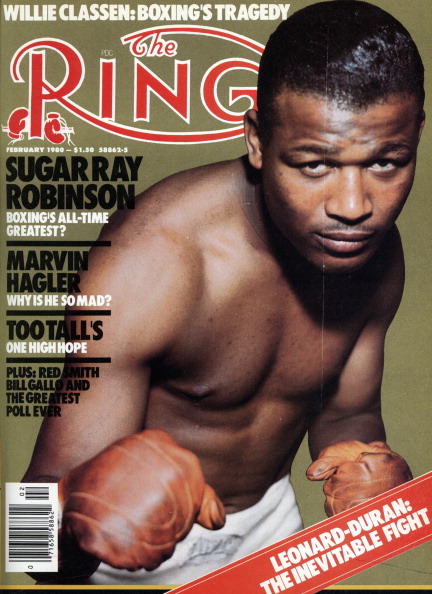
Robinson won both the welterweight and middleweight crowns, almost won the light-heavyweight title, and very conceivably could have won the lightweight championship had he gotten a chance to fight for it. In today’s world of “junior” and “super” weight classes and multiple titles per division, Robinson would no doubt have enough belts to cover his entire anatomy from head to toe were he competing today.
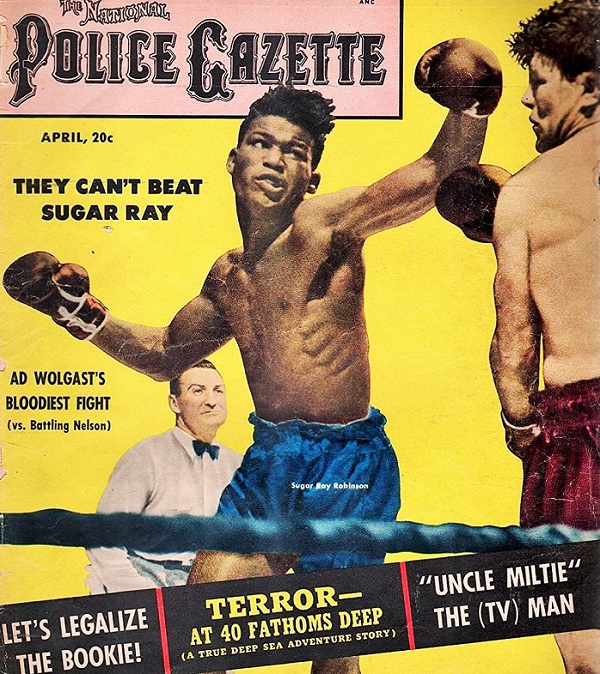
Even as a youngster his skills astounded the most cynical of grizzled veteran fight-watchers. After a mere twenty matches he bested lightweight champion Sammy Angott in a ten round non-title affair. Sammy was an 80 bout veteran and had a vast advantage in experience, so this was no small feat. But Ray quickly outgrew the 135 pound division, which probably drew a huge collective sigh of relief from Angott, Beau Jack, Bob Montgomery and the many other future greats contesting in the division at the time.
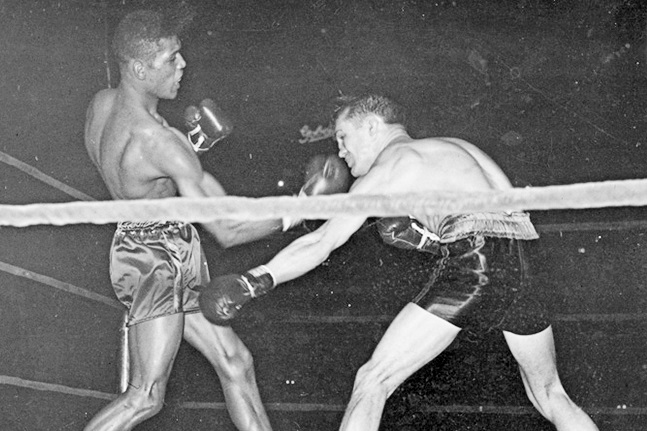
Sugar Ray stated for the record that he loved fighting in Pittsburgh and he especially liked the way he was treated by promoters Art Rooney and Barney McGinley whenever they did business. The two founders of the Pittsburgh Steelers football franchise had gotten into boxing in recent years and had recognized Robinson’s enormous potential and signed him on early to fight under their promotional banner.
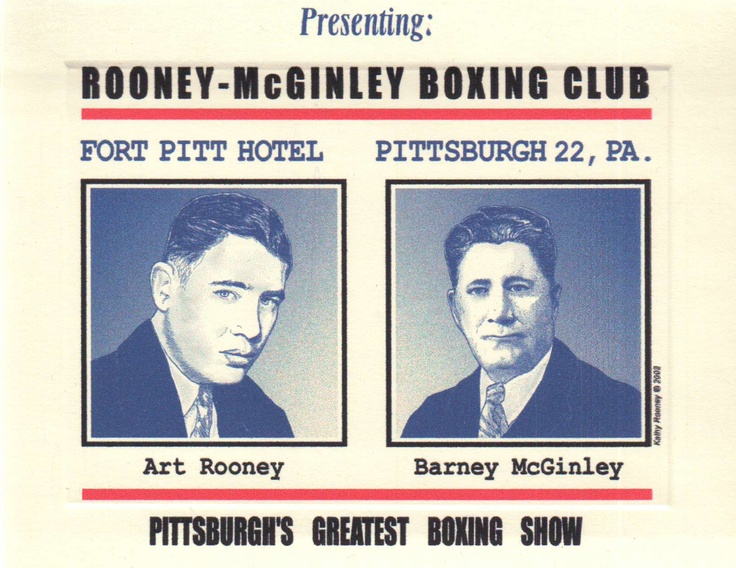
Robinson arrived for his first fight in Pittsburgh in January of 1946 and was immediately put up in a nice house in the Hill District. Matchmaker Jake Mintz, who would later pilot the career of Ezzard Charles, introduced him to Gus Greenlee’s Crawford Grill, the central hub of African-American life and culture in “Steel City.” Greenlee, who founded the Pittsburgh Crawford Negro League Baseball team, was a powerful and influential figure in the Hill District at the time. While under his auspices and training for his upcoming fight, Ray was able to relax and enjoy the food and vibrant jazz scene that Gus’s night spot would soon become famous for.
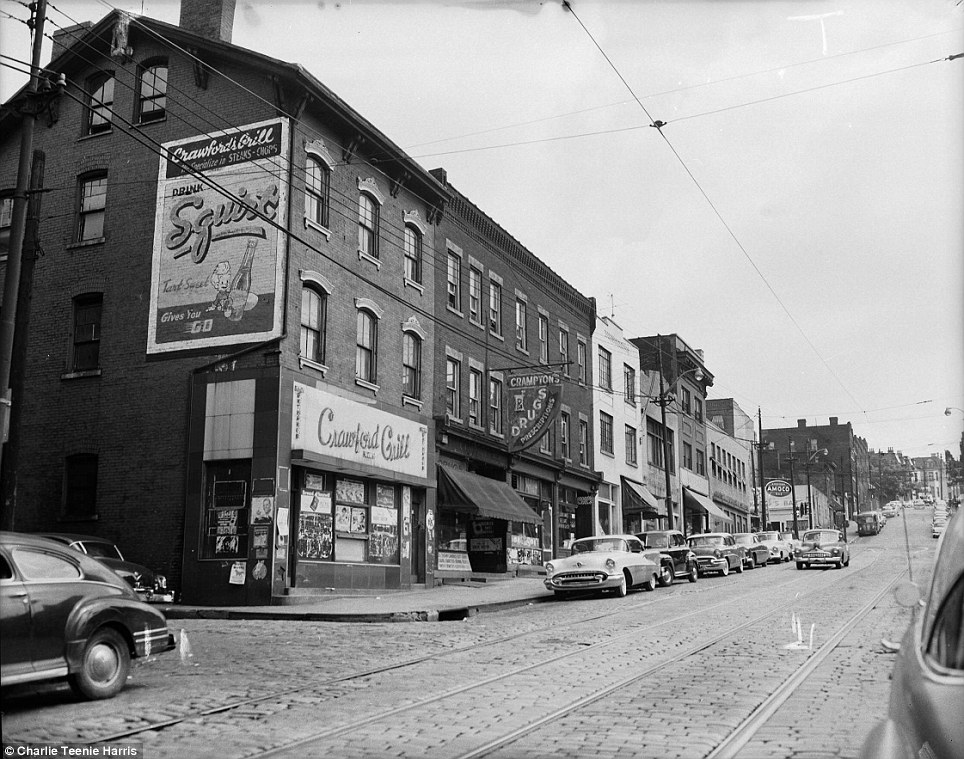
Even more to Robinson’s liking was the Rooney-McGinley Boxing Club giving him a guarantee of $3,500 plus a percentage of the gate, a nice figure in those days. After quickly dispatching opponent Dave Clark, the receipts were tallied and Ray was delighted to discover that his share was doubled due to the brisk fan turnout. Robinson was so pleased that he promised to fight again in Pittsburgh and Ray was as good as his word. He returned to compete four more times, including battles with local heroes Sammy Angott, Wilf Greaves and Ossie “Bulldog” Harris.
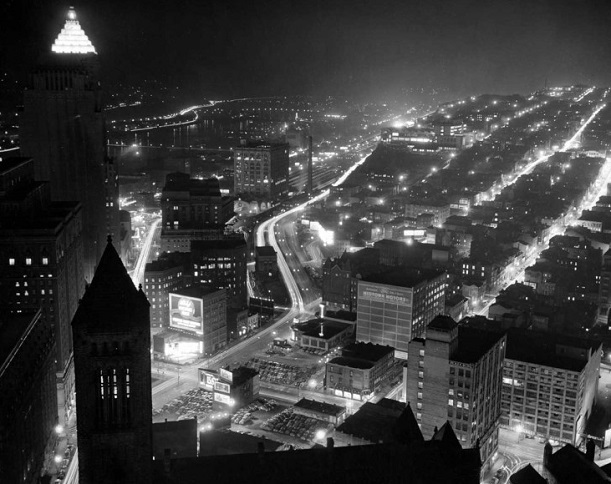
One highly anticipated fight that never did take place was a proposed Sugar Ray Robinson vs Charley Burley bout, which would have matched the two most talented boxers in the welterweight and middleweight divisions. Robinson toyed with the idea and entertained a potential $25,000 incentive that was on the table, but in the end, deciding that Burley was far too dangerous an opponent to battle for anything less than top dollar, Ray doubled his asking price.
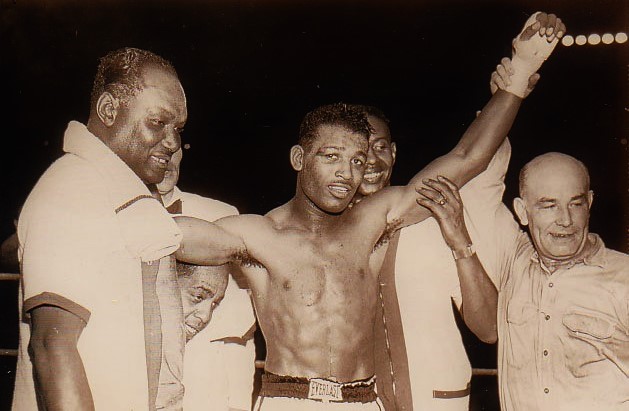
But he would return many times to the Steel City during and after his fighting days to enjoy the night life and rub shoulders with Duke Ellington, Cab Calloway, Billy Eckstine, Satchel Paige and the numerous other music and sports celebrities that were always on the Wylie Avenue scene in the Hill District. And it was in Pittsburgh on November 10, 1965 that Robinson fought his final fight, losing a ten round decision to Joey Archer at the Civic Arena. It was a sad ending to an otherwise brilliant career.
— Douglas Cavanaugh

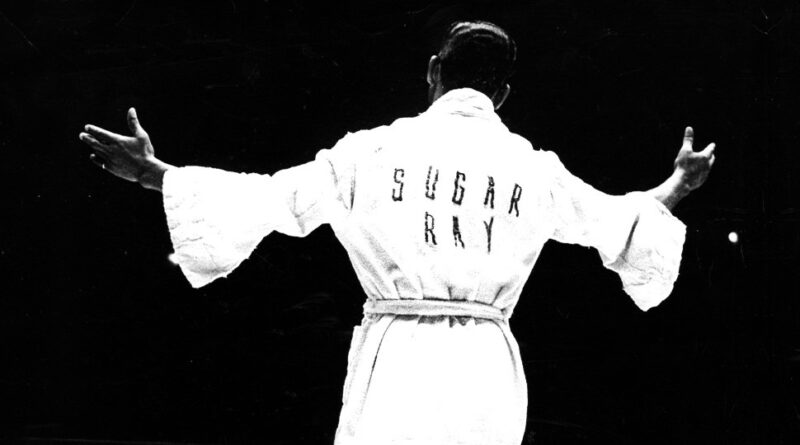

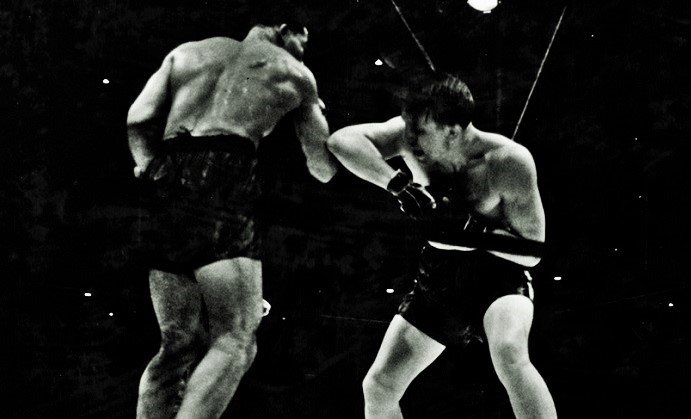
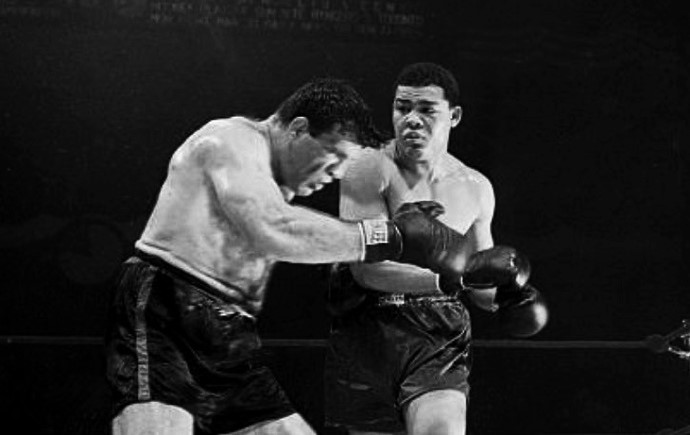

Beautifully formatted. Thank you!
Pingback: Sugar And Steel: Ray Robinson's Pittsburgh Connection | Sport News Live
Pingback: Sugar And Steel: Ray Robinson's Pittsburgh Connection - Sports News World
Pingback: Righting A Wrong - New Book On Ring Legend Henry Armstrong - My Sports Heaven.
Pingback: Righting A Wrong: The Story Of Homicide Hank - The Punch Junkie™ News